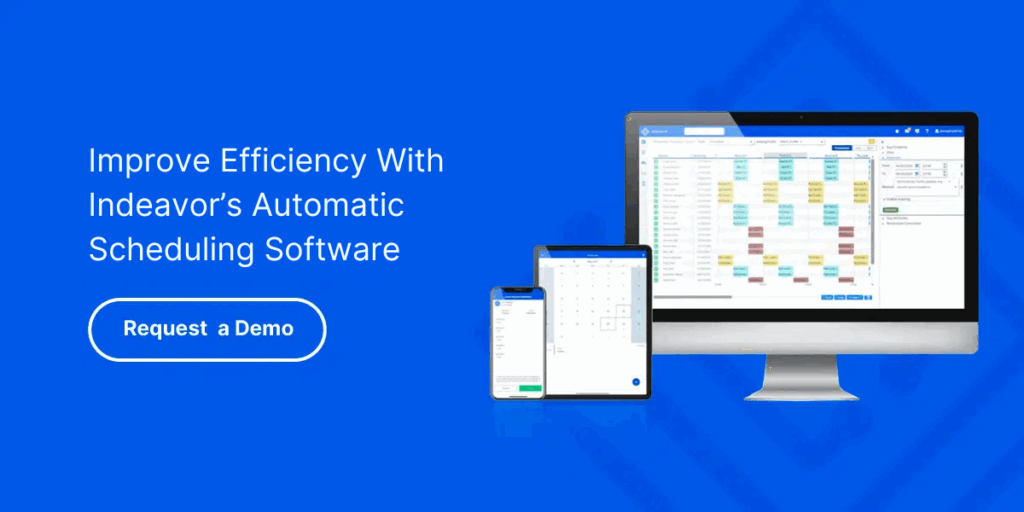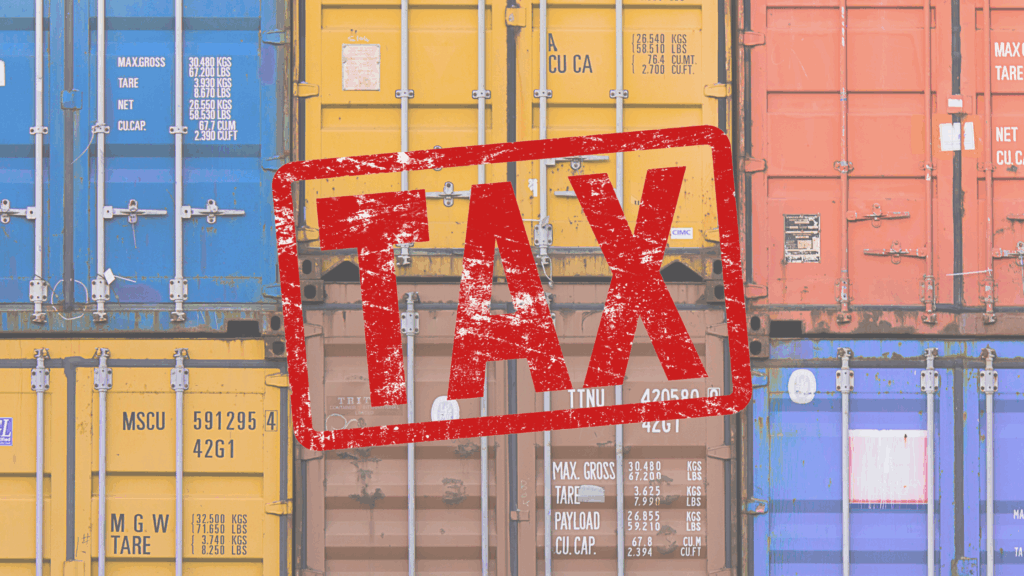Understanding the difference between duties and tariffs is crucial for anyone involved in international trade, from government officials shaping policy to businesses managing imports and exports.
Companies frequently encounter challenges when calculating landed costs, determining pricing strategies, and planning workforce allocation in response to shifting trade policies. Misinterpreting these concepts can lead to unexpected costs, regulatory challenges, and disruptions across global supply chains.
Grasping the nuances of duty vs tariff allows organizations to anticipate expenses, make informed sourcing decisions, and implement operational strategies that protect margins while minimizing risk. Proper understanding is a key factor in balancing cost, compliance, and efficiency in an increasingly interconnected global economy.
What Are Duties and Tariffs?
When discussing duty vs tariff, it’s easy to think they’re interchangeable—but they aren’t.
- Duty generally refers to a tax imposed by a government on goods when they cross a border. For example, when goods are imported, the duty can be based on the value, weight, or number of units of a product.
- Tariff is also a tax on imported goods, but it often carries a broader meaning, especially in international trade policy. Tariffs may be set for political or economic reasons: protecting domestic industries, adjusting trade balances, or responding to foreign trade barriers.
So in simple terms, when people ask about import duty vs tariff, the import duty is a sub-type of trade charge (specifically on imports), whereas tariffs are the policies or legal frameworks under which duties (and other trade barriers) may be applied.

Types of Tariffs
Tariffs can take several forms, each with specific purposes and implications for international trade:
- Ad valorem tariffs: These are calculated as a percentage of the value of the imported good. For example, a 10% ad valorem tariff on a $1,000 shipment would result in a $100 charge. This type is common because it scales with the value of the product and automatically adjusts to price fluctuations.
- Specific tariffs: These involve a fixed fee per unit of product, such as cents per kilogram or per item. Specific tariffs are straightforward to calculate and predictable but may disproportionately affect lower-priced goods, since the fee does not change with the product’s value.
- Mixed tariffs: These combine both ad valorem and specific components. For instance, a product might incur a 5% value-based fee plus a $2 per unit charge. Mixed tariffs allow governments to balance revenue goals and trade protection more flexibly.
- Retaliatory or emergency tariffs: Imposed in response to trade disputes or sudden market pressures, these tariffs protect domestic industries or address perceived unfair trade practices. They are often temporary but can significantly alter cost structures and sourcing strategies.
Duties in Action
Duties are typically assessed based on product classification, country of origin, and customs valuation, making accurate documentation and compliance essential. Each imported good is assigned a Harmonized System (HS) code that determines its duty rate, while the declared value and shipping terms help calculate the total fee owed.
Errors in classification or undervaluing goods can lead to underpayment or overpayment of duties, triggering regulatory fines, delayed shipments, or legal penalties. For instance, a manufacturer importing specialized components may face unexpected costs if the HS code is misapplied or if trade agreement benefits are not properly claimed.
Duties also serve broader policy goals, such as protecting sensitive domestic industries or generating government revenue, making compliance not just a financial concern but a strategic one for supply chain management.
Key Differences Between Duty vs Tariff
| Feature | Duty | Tariff |
| Who imposes it | Custom authorities when goods enter a country | Government or legislative bodies, trade agencies |
| Purpose | Often set politically, can be part of trade agreements or sanctions | Broader: trade policy, protectionism, retaliation, revenue |
| Basis | Product classification, value, weight, volume, origin | Mostly import-related |
| Types | Ad valorem duties (based on value), specific duties (per unit) | Ad valorem tariffs, specific tariffs, mixed tariffs; sometimes temporary or emergency tariffs |
| Scope | Includes strategies for trade policy, trade relations, and negotiations | Includes strategies for trade policy, trade relations, negotiations |
How Are Duties and Tariffs Calculated?
Determining how much duty or tariff is owed requires careful attention to several key factors. Accurate calculation is essential for avoiding unexpected costs and ensuring compliance with trade regulations.
Several factors determine how much duty or tariff is paid:
- Classification: A good’s HS (Harmonized System) or HTS (Harmonized Tariff Schedule) code determines the rate.
- Valuation: Typically, the imported goods’ value is taken into account (transaction value, insurance, freight). Some tariffs are applied ad valorem; others are per unit.
- Country of origin: Preferential trade agreements may reduce or eliminate duties or tariffs if the goods originate from treaty partners.
- Policy changes: Tariff schedules can change over time; emergency or retaliatory tariffs may be added quickly, affecting planning.
Understanding these components helps businesses estimate costs more accurately and plan sourcing strategies effectively. Staying proactive ensures that duties and tariffs do not disrupt supply chains or create unexpected financial burdens.
There is a basic formula that importers often use to calculate duties and tariffs, though the exact method can vary depending on the country, type of tariff, and classification. The general formula for duties and tariffs is:
Duty or Tariff = Taxable Value × Duty/Tariff Rate
Where:
- Taxable Value is usually the cost of the goods plus insurance, freight, and any other charges required to bring the goods to the importing country (commonly called CIF – Cost, Insurance, Freight).
- Duty/Tariff Rate is the percentage or specific rate applied based on the product classification, country of origin, or applicable trade agreements.

Impacts on Consumers and Businesses
Impact of Duties on Consumers
When a country imposes higher duties, the immediate cost often falls on importers but ends up being passed on to consumers. Prices go up, product diversity may shrink, and inflationary pressures can arise. Tariffs on critical materials, like the steel and aluminum tariffs, can increase the cost of construction and manufacturing inputs. Ultimately driving up consumer prices and contributing to inflation.
Impact of Tariffs on Manufacturing and Supply Chains
Tariffs raise costs for manufacturers who depend on imported raw materials or components. For example, American manufacturers faced increased input costs due to recent tariffs on European auto imports, pushing some firms to shift parts of production to other countries or absorb costs that hurt margins.
Role of Workforce Management
As tariffs and duties affect the cost structure of operations, companies turn to workforce management to control labor costs. Strategic scheduling, optimizing labor allocation, managing overtime or idle time, and ensuring compliance are all parts of how manufacturing firms try to counterbalance rising material costs. Good workforce management helps absorb some of the shocks from unpredictable changes to duties, tariffs, and inflation.
Practical Recommendations
To avoid unexpected costs, it is essential to clarify duty vs tariff obligations early in the sourcing or importing process. Using reliable classification tools and verifying the country of origin can help businesses take advantage of preferential trade agreements. This proactive approach reduces the risk of paying unnecessary charges.
Monitoring policy changes is equally important. Tariffs can shift quickly due to new legislation or trade disputes, directly impacting supply chain costs. Staying informed allows companies to adapt sourcing and pricing strategies before costs spiral.
Implementing effective workforce management systems also plays a critical role. Optimizing labor helps offset the financial effects of rising input costs caused by duties or tariffs. This ensures operations remain efficient even when external costs fluctuate.
Understanding duty vs tariff extends beyond simply paying taxes. It is a strategic approach to managing costs, mitigating risks, and maintaining competitive positioning. Companies that plan accordingly are better able to protect profit margins, deliver value to customers, and sustain operational stability amid shifting trade policies.
About the Author
Claire Pieper is the Digital Marketing Specialist for Indeavor. In her role, she specializes in crafting strategic and engaging content, ensuring that customers are well-informed. Claire is dedicated to enhancing the customer experience and optimizing the user journey through Indeavor’s solutions. To learn more or get in touch, connect with Claire on LinkedIn.



